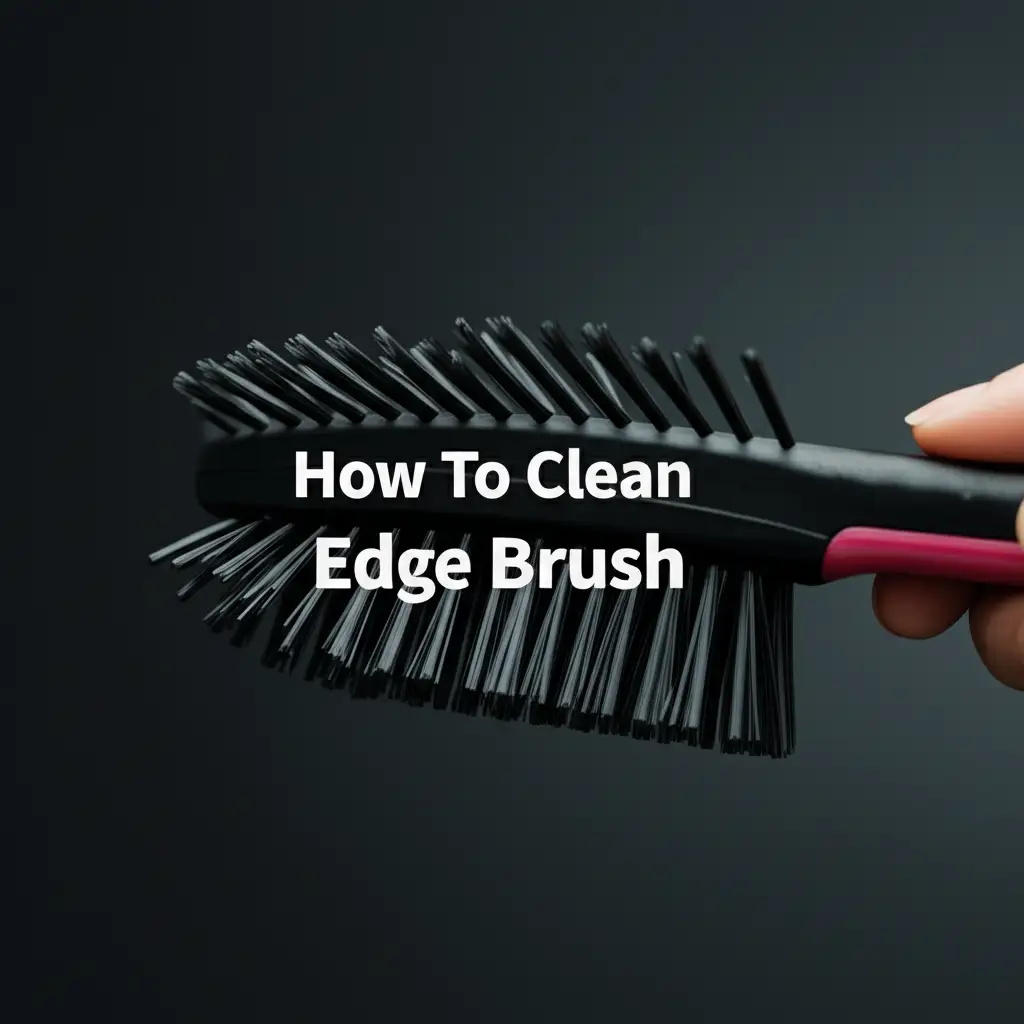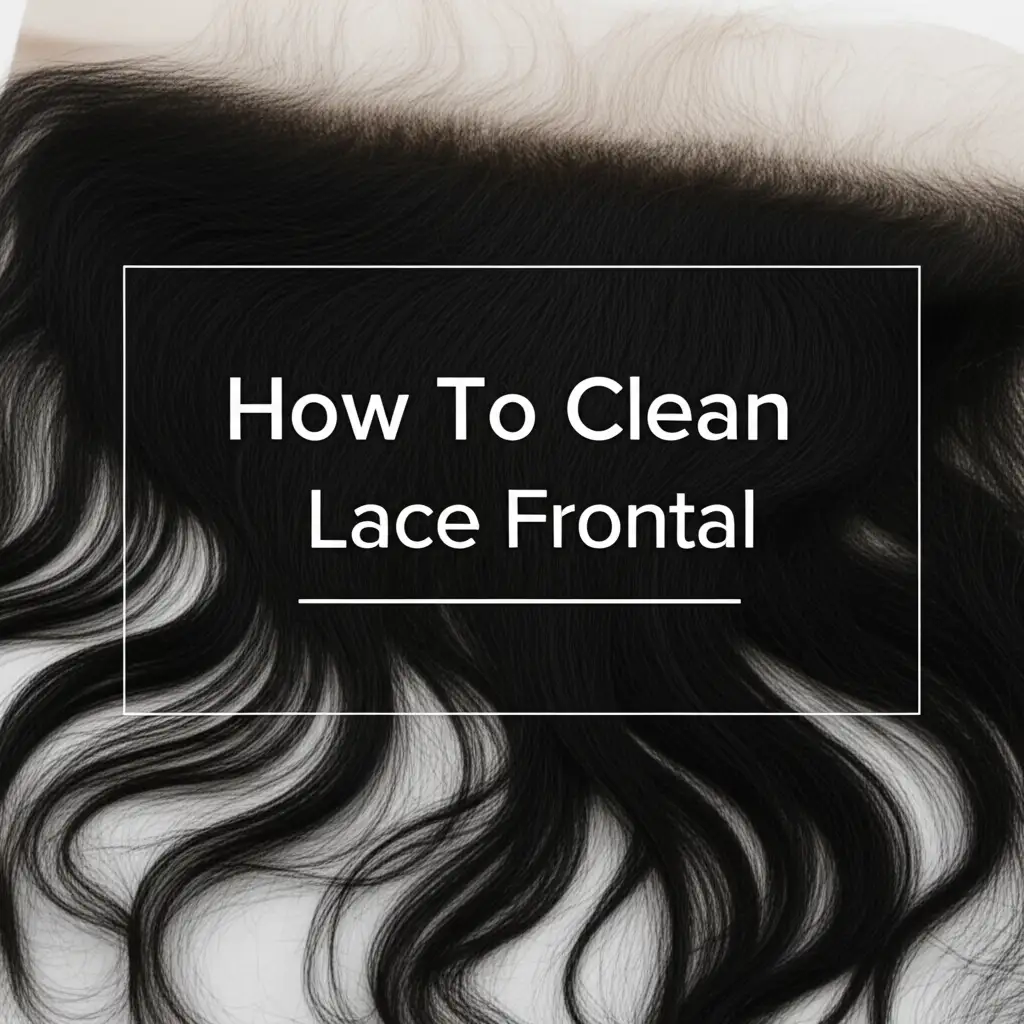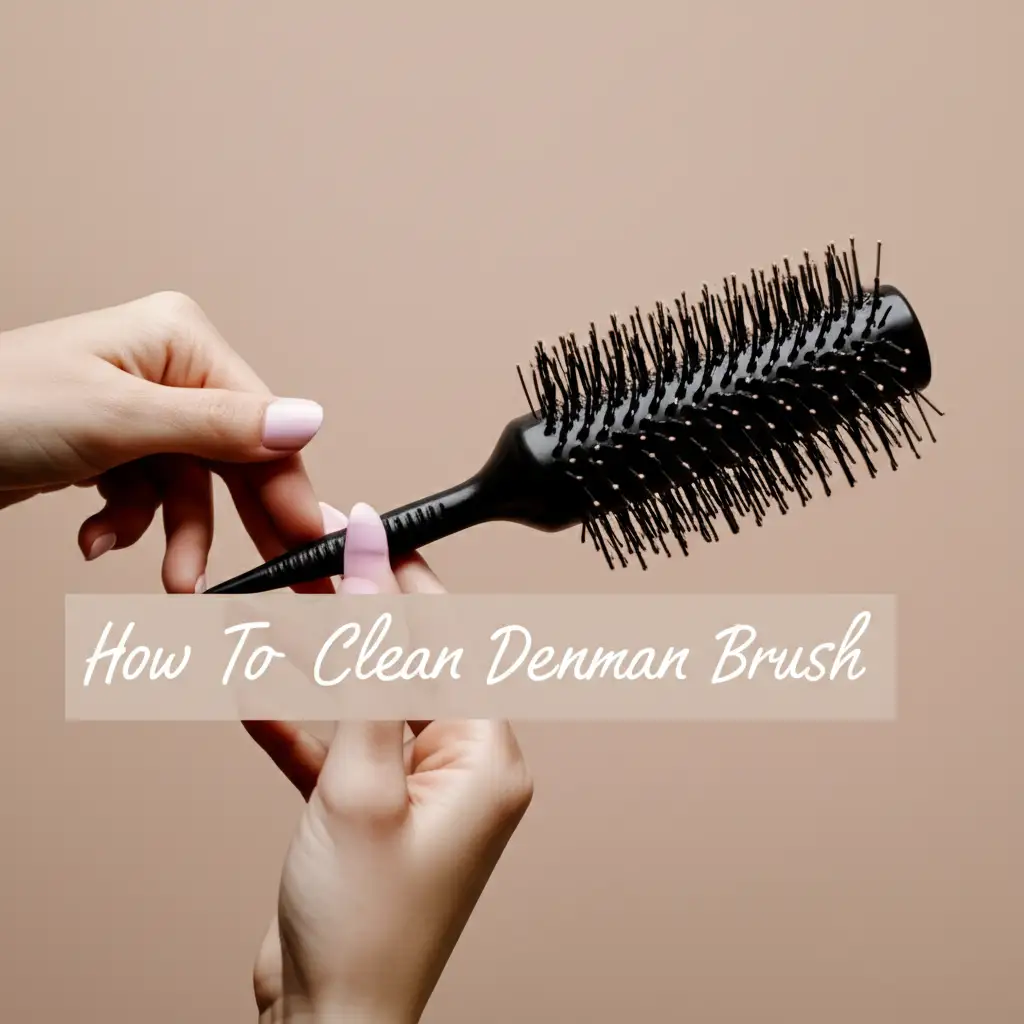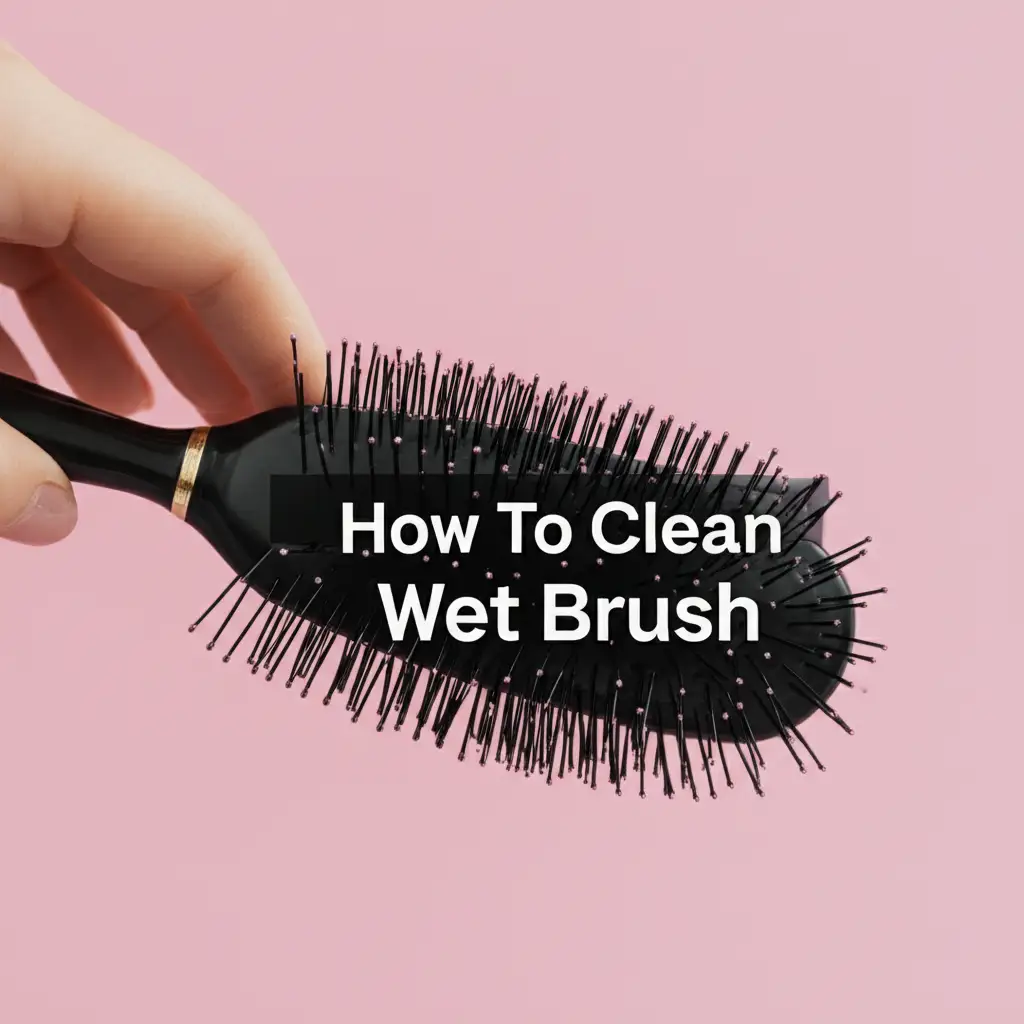· Hair Care · 16 min read
How To Clean Paddle Brush
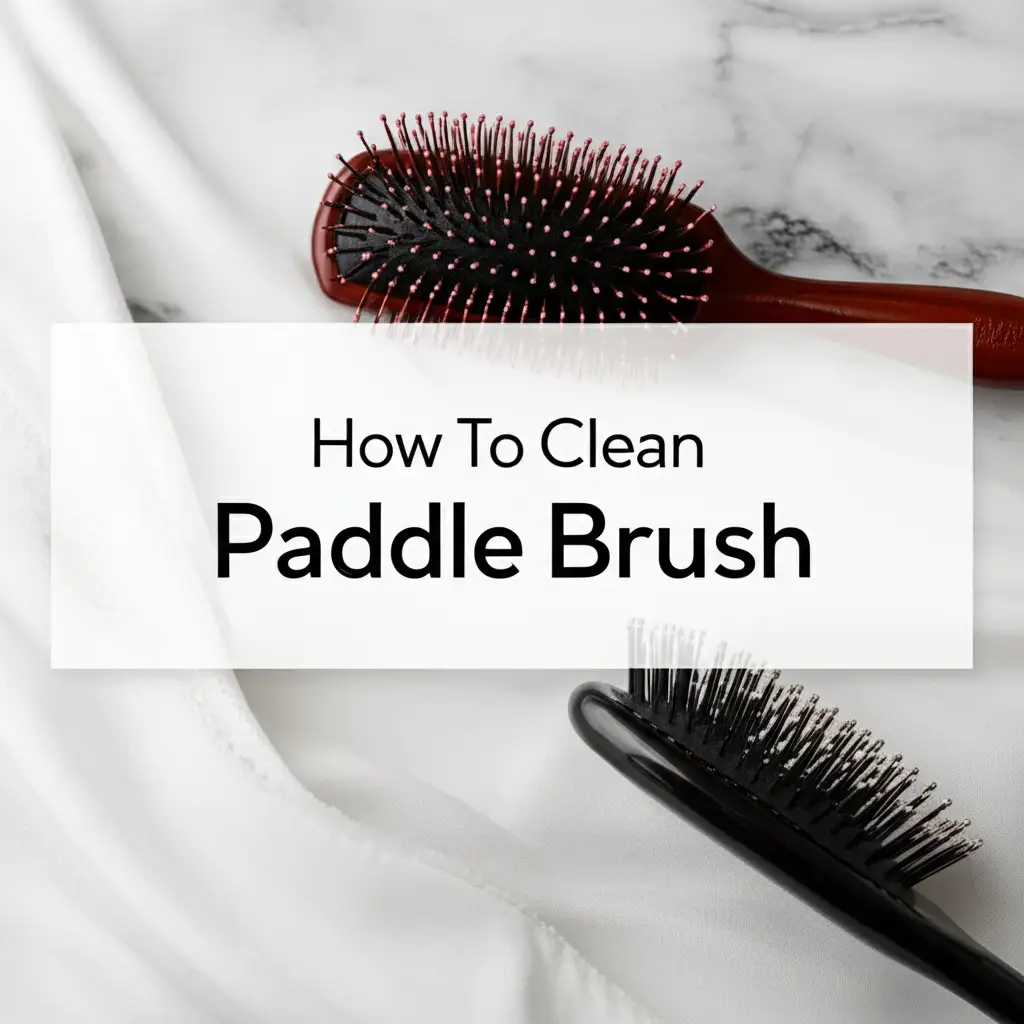
How To Clean Paddle Brush for Pristine Hair
Are you wondering why your hair feels greasy even after washing it? The answer might surprise you. Your trusted paddle brush, a daily tool for many, can hold onto a surprising amount of dirt. It collects hair, dust, skin cells, and product residue over time. This buildup transfers back to your clean hair with every stroke. Learning how to clean paddle brush effectively is crucial. This helps keep your hair truly clean and your scalp healthy. A dirty brush can spread grime, dull hair, and even lead to scalp issues.
This article guides you through a complete process. You will learn the best methods to clean your paddle brush. We cover different brush materials and common mistakes. You will also discover simple steps to maintain your brush. Let us ensure your hair tools support your hair’s health and shine.
Takeaway
- Regularly clean your paddle brush to prevent dirt and product buildup.
- Remove loose hair before wet cleaning to make the process easier.
- Use gentle cleansers, like shampoo or mild soap, for effective cleaning.
- Dry your paddle brush completely to avoid mold and mildew growth.
- Adapt cleaning methods based on your paddle brush’s material, especially for wood.
To clean a paddle brush, first, remove all loose hair using a comb or your fingers. Next, gently wash the bristles and base with a mild shampoo and lukewarm water. Rinse thoroughly to remove all soap. Finally, allow the brush to air dry completely, bristles down, on a clean towel.
Why Cleaning Your Paddle Brush Matters for Hair Health
Cleaning your paddle brush goes beyond simple aesthetics. It impacts your hair and scalp health directly. A dirty brush holds onto old hair, dead skin cells, and product residue. Each time you brush, you reintroduce this grime back into your clean hair. This can make your hair look dull or feel greasy. It can also irritate your scalp.
Regular cleaning prevents bacterial growth on your brush. This growth can lead to scalp itching or even infections. Think of it as a cycle: you wash your hair to remove dirt, but then you put the dirt back with a dirty brush. This makes your efforts less effective. A clean brush helps your hair products work better. It also ensures your styling efforts truly enhance your hair’s natural shine. A buildup of oils and styling products makes bristles stiff. This makes the brush less effective at detangling or smoothing hair.
A clean paddle brush glides through your hair smoothly. It helps distribute natural oils from your scalp evenly. This process nourishes your hair from root to tip. It also adds a healthy shine. A dirty brush, however, can tug at hair. This leads to breakage and frizz. For optimal hair health and styling results, a clean brush is a must. Proper care extends the life of your brush. This saves you money in the long run.
Essential Tools for Paddle Brush Cleaning
You do not need many special items to clean your paddle brush. Most tools are already in your home. Having the right supplies makes the cleaning process simple and effective. Gathering everything before you start saves time. This also ensures a thorough clean.
First, you need a fine-tooth comb or the pointed end of a rattail comb. This tool helps remove trapped hair from the bristles. Scissors can also assist with this step for stubborn hair. Next, you will need a mild cleaning agent. Baby shampoo, a gentle clarifying shampoo, or even a mild dish soap works well. These cleaners break down oil and product buildup without harming your brush. Lukewarm water is essential for rinsing. It helps dissolve grime effectively.
A small bowl or basin provides a space for soaking and washing. A clean towel is crucial for drying your brush properly. For an extra layer of sanitation, consider a capful of white vinegar or rubbing alcohol. You can add this to your cleaning solution, but use it sparingly on certain materials. Always have a dedicated space for air drying. This prevents mold and mildew. With these simple items, you are ready to give your paddle brush a deep clean.
Step-by-Step Guide: Deep Cleaning Your Paddle Brush
Cleaning your paddle brush thoroughly ensures it performs its best. This multi-step process removes all embedded hair and grime. Follow these instructions for a sparkling clean brush. Each step builds on the last for optimal results.
Remove Loose Hair
The first step is always to remove as much loose hair as possible. This is often the most time-consuming part, but it is critical. Start by pulling out large clumps of hair with your fingers. Then, use a fine-tooth comb. Run the comb through the bristles from the base outwards. You can also use the pointed end of a rattail comb. Slide it under the hair at the base of the bristles. Gently lift and pull the hair out. For very stubborn, tangled hair, use small scissors to carefully cut through the hair. Be careful not to cut the bristles or the brush pad. This step helps ensure the cleaning solution can reach all parts of the brush. For persistent hair buildup, a dedicated hair brush cleaner tool can make this job easier.
Prepare Cleaning Solution
Once hair is gone, prepare your cleaning solution. Fill a basin or bowl with lukewarm water. Add a few drops of mild shampoo or gentle dish soap. You want enough soap to create a light lather. Avoid harsh chemicals as they can damage your brush. For brushes that are not wood, you can add a capful of white vinegar. Vinegar acts as a natural disinfectant. It also helps remove product residue. Mix the solution gently to combine the water and soap. This step ensures your brush gets a thorough, yet gentle, wash.
Soak (If Appropriate for Material)
Soaking helps loosen stubborn dirt and product buildup. This step is suitable for plastic paddle brushes. If your paddle brush has a wooden handle or a padded base that holds water, do not soak it. Soaking wood can cause it to swell, crack, or warp. It can also cause the pad to degrade. For plastic brushes, submerge the bristle end into the cleaning solution. Let it soak for 5-10 minutes. This gives the soap time to break down oils and grime. For wooden or delicate brushes, skip soaking. Instead, dip just the bristles into the solution briefly. Then proceed to scrubbing. Different brushes require different care, similar to how you would care for a wet brush or a Denman brush.
Scrub Gently
After soaking (or dipping), it is time to scrub. Gently agitate the brush in the solution. Use a soft brush, like an old toothbrush, to scrub between the bristles and the base. Focus on areas with visible grime or product buildup. You can also rub the bristles against your palm. This helps dislodge dirt. Pay attention to the very base of each bristle. This is where most residue collects. Do not scrub too hard, especially with natural bristles. This can damage them. This careful scrubbing ensures all hidden dirt comes loose. For particularly stubborn grime, consider a slightly stronger, yet safe, cleaner designed for hair tools.
Rinse Thoroughly
Rinsing is a critical step to remove all soap residue. Hold your paddle brush under cool, running water. Angle the brush so water flows away from the base, especially if it has a cushion. Avoid letting water pool in the padded area. Continue rinsing until no more suds appear. Squeeze the bristles gently to remove excess water. Ensure all traces of soap are gone. Leftover soap can make your hair look dull or feel sticky. A thorough rinse is just as important as the wash itself for clean, residue-free bristles.
Dry Properly
Proper drying prevents mold, mildew, and damage to your paddle brush. After rinsing, shake off excess water. Gently press the brush bristles down onto a clean, dry towel. You can also pat the brush dry with the towel. Lay the brush face down on a clean towel. Ensure the bristles are pointing downwards. This allows water to drip away from the cushion or wooden handle. Place it in a well-ventilated area. Avoid direct sunlight or heat sources. These can warp plastic or dry out wood. It may take several hours for your brush to dry completely. Ensure it is completely dry before storing it or using it again. For wooden brushes, drying properly is particularly important, similar to how you would dry a wooden hair brush.
Different Paddle Brush Materials and Their Cleaning Needs
Paddle brushes come in various materials. Each material needs specific care during cleaning. Understanding these differences prevents damage. It also ensures your brush lasts longer. Tailoring your cleaning method to the material is key.
Plastic Paddle Brushes
Plastic paddle brushes are the most common type. They are usually very durable and easy to clean. You can soak these brushes fully in a gentle cleaning solution. Use lukewarm water and mild shampoo or soap. A small amount of white vinegar can be added for disinfection. Scrub the bristles and base with an old toothbrush. Rinse thoroughly under running water. Ensure all soap is gone. Plastic brushes dry relatively quickly. Lay them bristles down on a towel. Ensure good air circulation. These brushes tolerate water well. They are robust for regular deep cleaning.
Wooden Paddle Brushes
Wooden paddle brushes require special attention. Never submerge a wooden brush in water. Soaking can cause the wood to swell, crack, or warp. It can also damage the glue that holds the bristles. Instead, remove hair as usual. Then, dip only the bristles into a shallow bowl of lukewarm, soapy water. Avoid getting the wooden handle or base wet. Use a cloth or a soft brush to gently clean the bristle area. Rinse the bristles under a gentle stream of cool water. Again, keep water away from the wood. Shake off excess water immediately. Dry the brush by laying it bristles down on a clean towel. Place it in a well-ventilated area. Allow it to air dry completely. This might take longer than plastic brushes. Proper care for wooden hair brushes is essential for their longevity.
Natural Bristle Paddle Brushes
Natural bristle brushes, like boar or badger hair, are gentle on hair. However, they can be more delicate to clean. Avoid harsh chemicals and very hot water. These can damage the natural fibers. Use a very mild shampoo, such as baby shampoo. Mix a small amount with lukewarm water. Dip only the bristles into the solution. Gently work the soap through the bristles with your fingers or a soft cloth. Do not rub too vigorously. Rinse the bristles carefully under cool, running water. Ensure all soap is removed. Squeeze excess water from the bristles. Lay the brush bristles down on a clean towel. Allow it to air dry completely. Natural bristles can take longer to dry. Proper care helps maintain their softness and effectiveness. Brands like Mason Pearson brushes often feature natural bristles and require similar gentle handling.
Ceramic or Metal-Plated Paddle Brushes
Some paddle brushes have ceramic or metal-plated bases. These are often used for heat styling. Their cleaning needs are similar to plastic brushes. You can usually submerge the bristle part in water. Use a mild soap and lukewarm water. Scrub the bristles and the plated surface gently. Pay attention to any buildup on the ceramic or metal. Rinse thoroughly. Ensure no water gets trapped in the handle if it is hollow. Dry completely by laying bristles down on a towel. These materials usually dry quickly. Regular cleaning prevents product buildup that can hinder heat distribution. This ensures efficient styling every time. These cleaning methods are also useful for other styling tools like a blow dry brush.
Maintaining Your Paddle Brush Between Deep Cleans
Deep cleaning your paddle brush is important, but daily maintenance is equally crucial. Small, consistent efforts keep your brush cleaner for longer. This reduces the frequency of deep cleans. It also ensures your brush always performs its best. Incorporating these simple habits into your routine will make a big difference.
First, remove loose hair after every use. This is the simplest yet most effective daily habit. Use your fingers to pull out any hair strands. For stubborn ones, a comb or the pointed end of a rattail comb works wonders. Do this immediately after brushing your hair. This prevents hair from becoming deeply embedded in the bristles. It also stops it from tangling around the base.
Once a week, give your brush a quick rinse. If your brush can handle water, a quick rinse under cool water helps. You can add a tiny drop of shampoo to your palm. Rub the bristles gently in your hand. Rinse thoroughly. This quick wash removes surface dust and light product residue. It prevents buildup from becoming severe. For wooden brushes, use a damp cloth to wipe the bristles and avoid the wood.
Proper storage also extends cleanliness. Store your paddle brush in a clean, dry place. Avoid leaving it in humid environments like the shower. Humidity encourages mold and mildew growth. Consider a brush holder or a clean drawer. This protects it from dust and environmental contaminants. A clean storage spot helps your freshly cleaned brush stay pristine. Regular maintenance makes future deep cleans much easier. It also ensures your brush is always ready for healthy hair styling.
Common Mistakes to Avoid When Cleaning Paddle Brushes
Cleaning your paddle brush correctly saves time and extends its life. However, certain mistakes can damage your brush or make the cleaning ineffective. Knowing what to avoid is as important as knowing what to do. Skip these common pitfalls to ensure a successful cleaning process.
One major mistake is over-soaking wooden paddle brushes. As mentioned, wood expands and cracks when wet for too long. The glue holding the bristles can also weaken. Always remember to dip only the bristles of wooden brushes. Keep the handle and base as dry as possible. This prevents costly damage and ensures your brush lasts for years.
Another common error is using harsh chemicals. Strong cleaning agents, like bleach or abrasive cleaners, can harm bristles. They can break down plastics or strip natural bristles of their oils. This makes them brittle or causes discoloration. Stick to mild shampoos, gentle dish soap, or specific brush cleaners. These are effective without causing damage. Harsh chemicals can also leave residues that irritate your scalp or dull your hair.
Not drying the brush completely is a significant mistake. If you put a damp brush away, it becomes a breeding ground for mold, mildew, and bacteria. These can cause odors, damage your brush, and transfer germs to your hair and scalp. Always lay your brush bristles down on a clean towel in a well-ventilated area. Give it enough time to air dry thoroughly before storing. Forcing the drying process with high heat can also damage the bristles or plastic.
Finally, forcing tangled hair out can damage the bristles or the brush pad. Instead of pulling hard, use a comb or scissors to carefully loosen and cut through stubborn knots. Gentle removal prevents bending or pulling out bristles. This preserves the brush’s integrity and effectiveness. Avoiding these mistakes ensures your paddle brush stays clean, functional, and durable.
When to Replace Your Paddle Brush
Even with the best cleaning and maintenance, paddle brushes do not last forever. Knowing when to replace your brush is important for hair health and styling effectiveness. Using an old, worn-out brush can do more harm than good. Pay attention to certain signs that indicate it is time for a new one.
First, inspect the bristles. If many bristles are missing, bent, or broken, your brush is losing its ability to detangle and smooth hair properly. Bent bristles can also snag and pull at your hair, leading to breakage. Natural bristles might start to look frayed or feel less soft. If the bristles are stiff and matted even after cleaning, they are likely past their prime.
Next, check the brush pad or cushion. If the pad is torn, punctured, or significantly deflated, it affects the brush’s flexibility. This can make brushing uncomfortable. It also reduces the cushioning effect that protects your scalp and hair. Any signs of mold or mildew that persist after cleaning are also a major red flag. This indicates the brush cannot be fully sanitized and should be replaced immediately to prevent scalp issues.
Finally, consider the overall hygiene. If your brush constantly smells musty or retains product buildup despite regular cleaning, it might be too saturated with grime to be truly clean. This is especially true for brushes that have been used for many years. Generally, a paddle brush should be replaced every 6 to 12 months for optimal hygiene and performance. However, heavy use or poor storage might shorten this lifespan. Investing in a new brush ensures your hair routine remains healthy and effective.
FAQ Section
How often should I clean my paddle brush?
You should remove loose hair from your paddle brush after every use. Deep clean your paddle brush at least once a week if you use a lot of styling products. If you use fewer products or have very clean hair, a bi-weekly or monthly deep clean is sufficient. Regular cleaning maintains hygiene and brush effectiveness.
Can I use dish soap to clean my paddle brush?
Yes, you can use a mild dish soap to clean your paddle brush. Dish soap is effective at breaking down oil and product buildup. Use a small amount mixed with lukewarm water. Avoid harsh or abrasive dish soaps. Always rinse your brush thoroughly to remove all soap residue.
What if my paddle brush smells bad?
A bad smell often indicates bacterial or mold growth due to trapped moisture or severe product buildup. After removing all hair, soak plastic brushes in a solution of warm water and a capful of white vinegar. Scrub thoroughly. For wooden brushes, wipe bristles with vinegar solution. Ensure complete drying in a well-ventilated area.
How do I dry a paddle brush quickly?
To dry a paddle brush quickly, first, shake off excess water. Then, gently blot the bristles with a clean, dry towel. Lay the brush bristles-down on a clean towel in a well-ventilated room. Avoid using direct heat like a hairdryer. This can damage the bristles or warp the brush. Air drying is best.
Is it okay to put my paddle brush in the washing machine?
No, putting your paddle brush in a washing machine is not recommended. The agitation and heat can damage the bristles, warp the brush base, or cause the handle to break. It can also trap water inside the brush. Always clean your paddle brush by hand following the recommended steps.
Conclusion
A clean paddle brush is a vital tool for healthy hair. You have now learned the importance of regular cleaning. You know the simple steps to deep clean your brush. We covered preparing solutions, scrubbing effectively, and drying properly. You also understand how to care for different brush materials. Remembering to clean your paddle brush prevents dull hair, scalp irritation, and brush damage.
Making paddle brush cleaning a regular habit takes little effort. It offers big rewards for your hair’s appearance and health. A clean brush ensures smooth detangling and effective styling. It removes grime and product buildup. Start today by giving your paddle brush the attention it deserves. Your hair will thank you for it. Keep your tools clean to keep your hair happy.
- paddle brush cleaning
- hair brush hygiene
- hair care tips
- clean hair tools
- remove hair from brush
- sanitize brush
- natural cleaning for brushes

